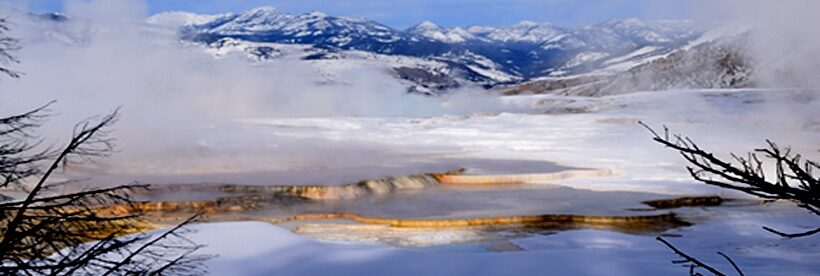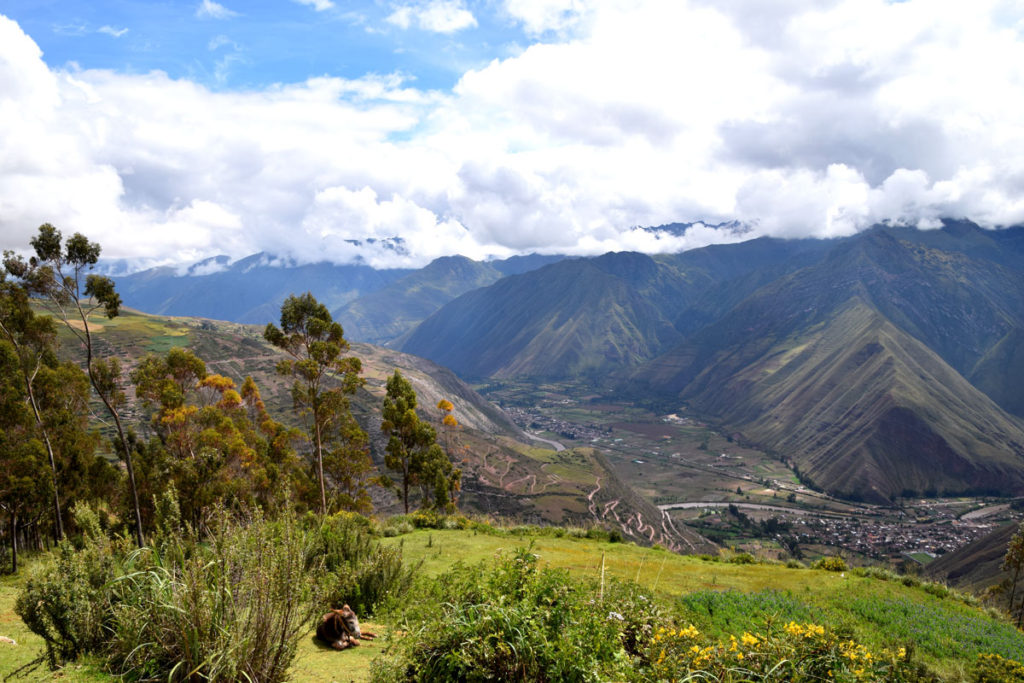
Most people traverse Peru’s Sacred Valley quickly on their way from Cusco to Machu Picchu. But this stretch of countryside is an area well worth staying around in for awhile, both for getting to know Andean culture and understanding some of its history.
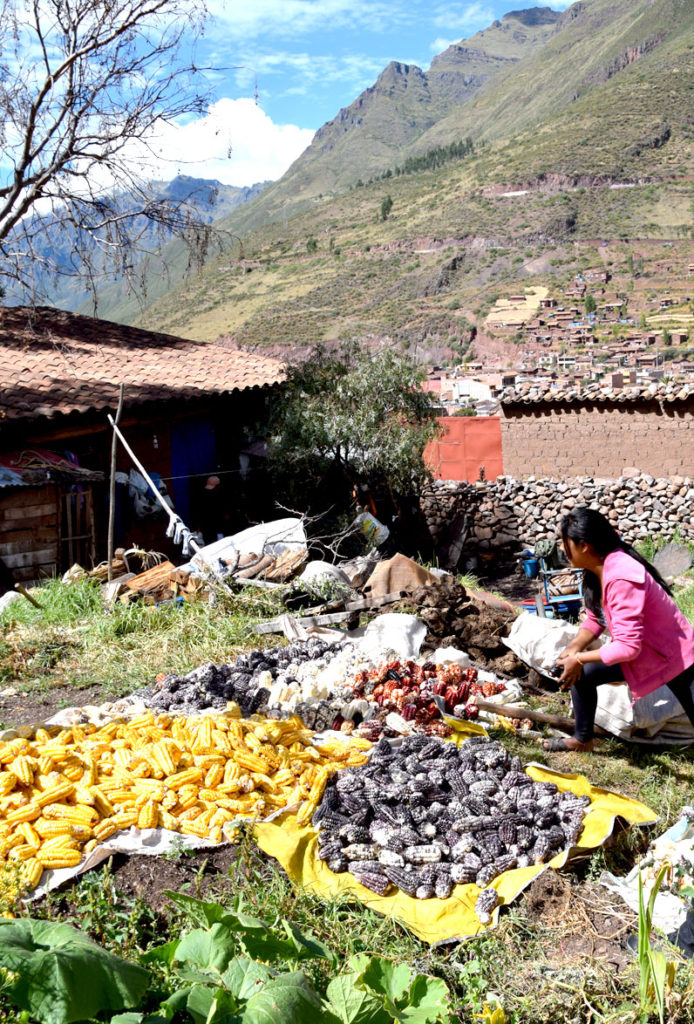
The Sacred Valley is considered the heartland of the Inca Empire (1438 to 1533 CE), linking Cusco, the once capital of the Inca Empire, to the world renowned ruins of Machu Picchu. The rich history of this area is evidenced by numerous archaeological sites and a multitude of agricultural terraces that date back to the Inca era. But the region is also a place where contemporary culture mixes with tradition. Quechua-speaking people still farm using non-mechanized techniques and Quecha is often overheard at the numerous markets in the valley’s villages. Yet it is not unusual to see a market vendor using a cell phone or hear someone talking about cable TV.
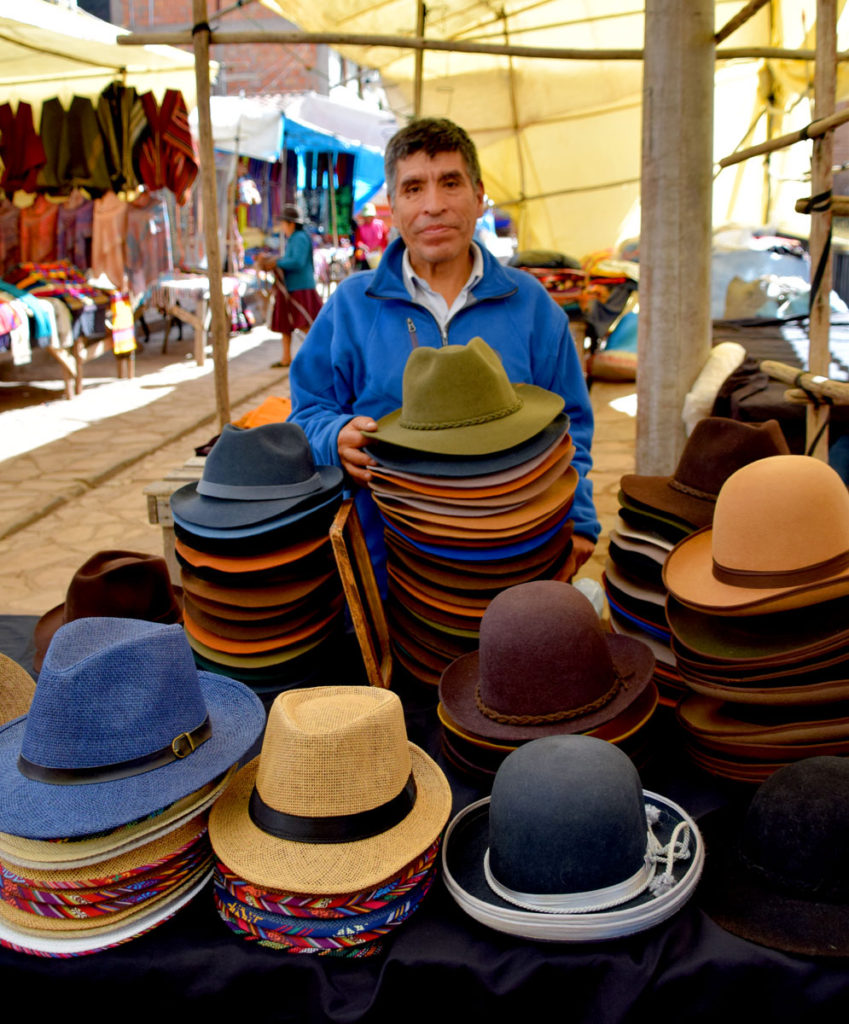
Sacred Valley Markets and the Chinchero Weaving Co-op
– Pisac
Village markets in the Sacred Valley are really a treat. One of the largest markets is in downtown Pisac. It is a daily market, with the busier days typically being Tuesdays, Thursdays, and Sundays. The market vendors sell all kinds of items ranging from handmade goods to traditional Peruvian foods.
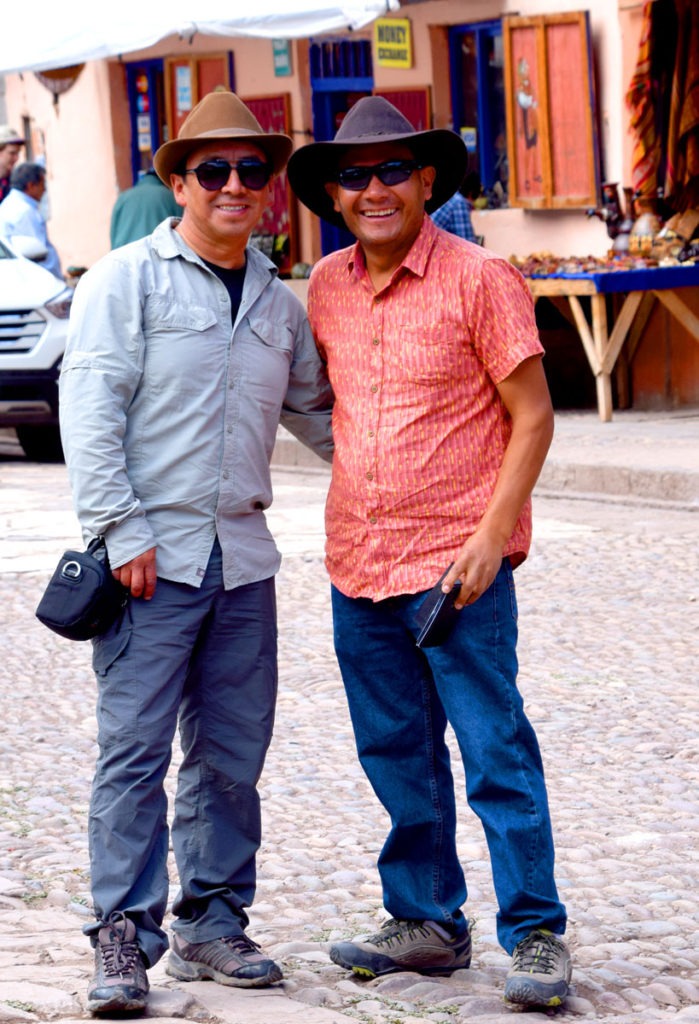
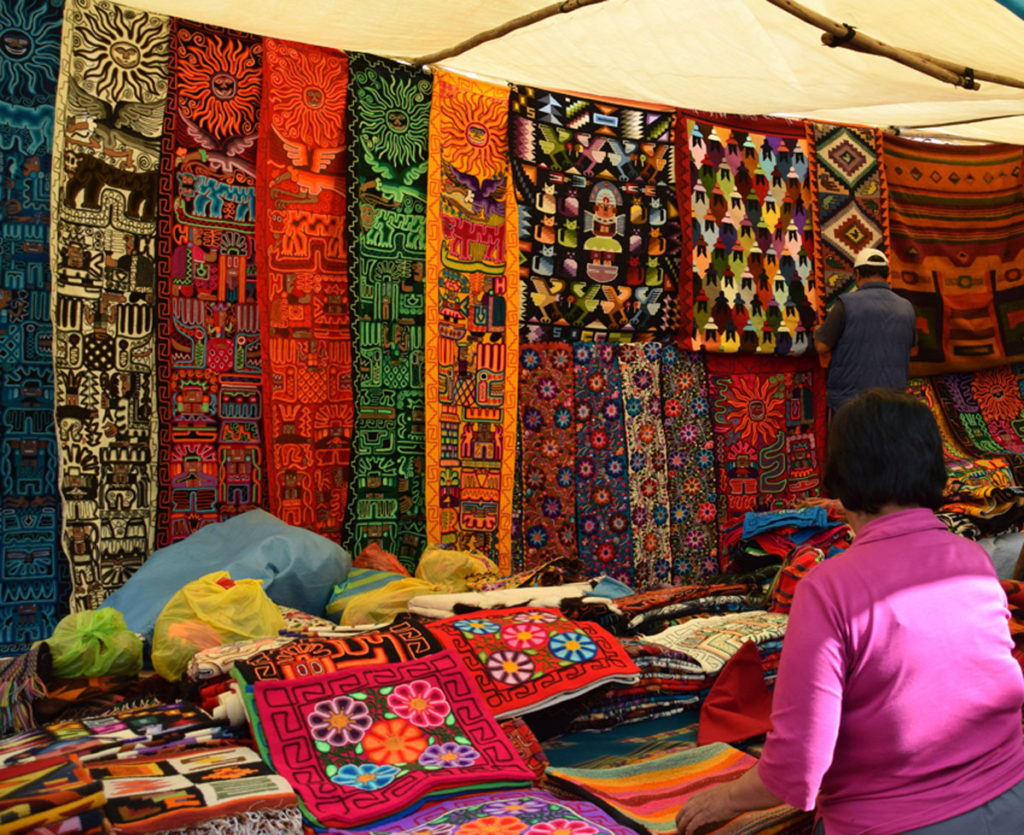
Chinchero Market and Textile Center
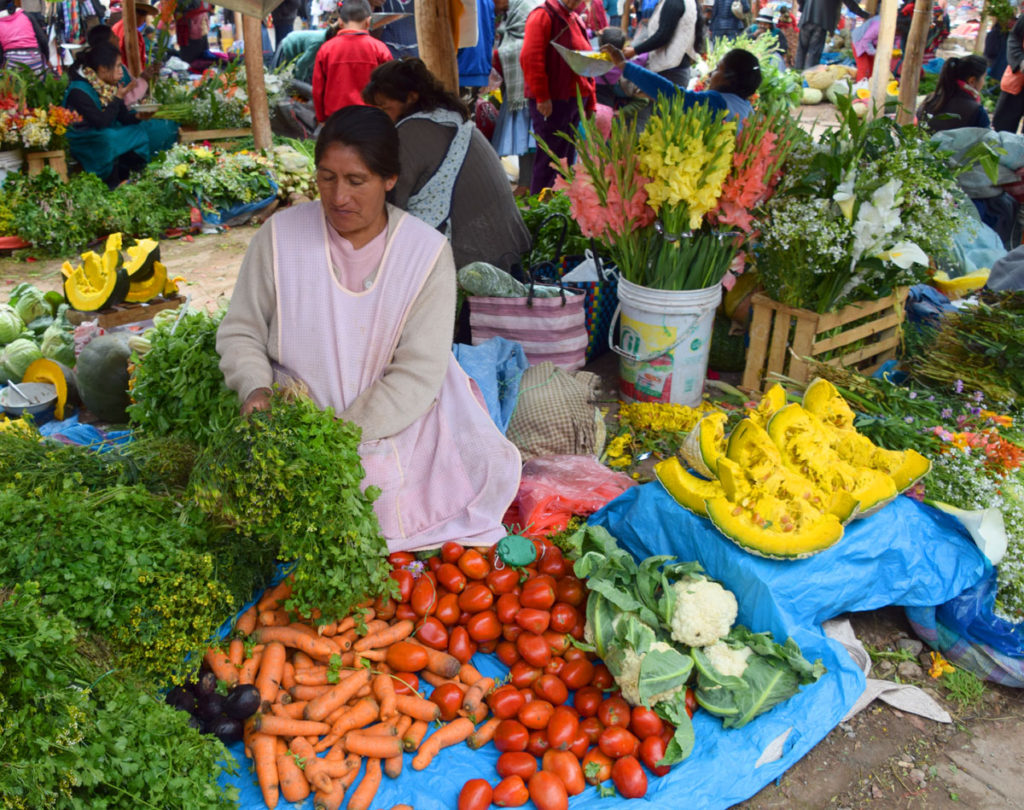
The market at Chinchero is smaller that the Pisac market, but it is still worth a visit. Although it is typically a daily market, the busiest day is Sunday. But by far the most interesting place to visit in Chinchero is the Textile Center where traditional weaving demonstrations are on-going throughout the day. The weavers use alpaca and sheep wool in their textiles. The demonstrations include much of the textile-making process from wool dyeing to the actual weaving.
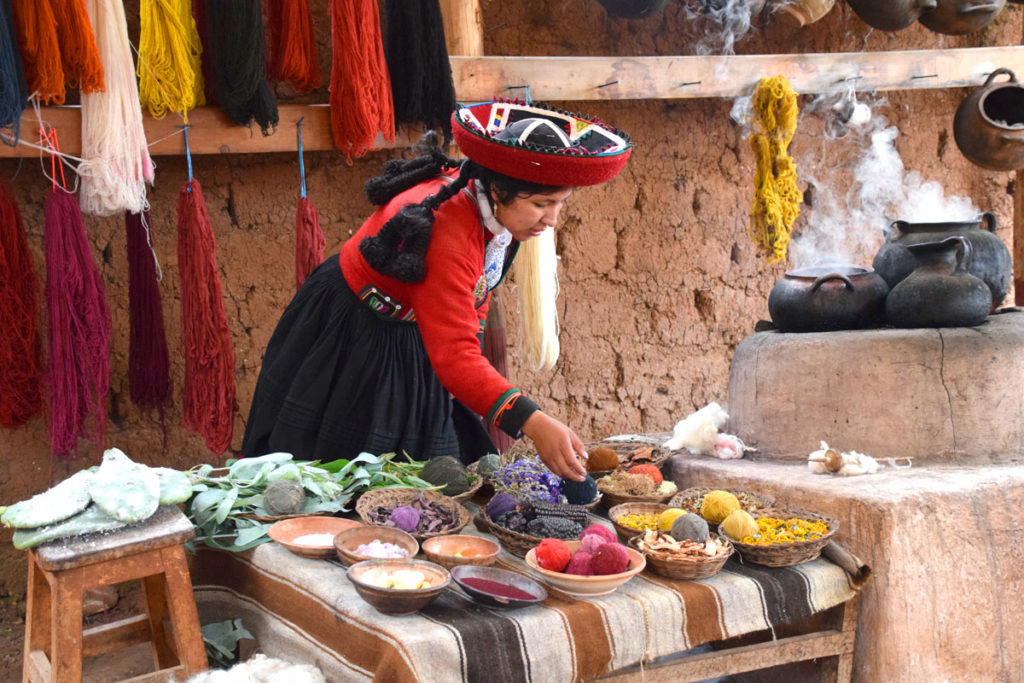

Ruins and Their Geologic Context
The archaeological sites in the Sacred Valley are so numerous (and many are so well known) that I’ll just highlight a few that have some interesting geologic context.

— Maras Salt Pans
The Maras salt pans are located less than a mile west of the town of Maras (Maras itself is about 25 miles north of Cusco). The salt pans have been used for salt production since at least Inca times. Maturrano and others (2006) note:
“Maras salterns are located over the Maras Formation in the Cusco Department (13°18′10″S, 72°09′21″W) in southern Peru at an altitude of 3,380 m in the Andes, and they are 1,000 km from the coast. These salterns have been used for salt production since the time of the Incas. Salt is produced mostly during the dry season from May to November. The salterns consist of more than 3,000 small shallow ponds which are not interconnected, so there is no spatial salinity gradient as there is in multipond marine solar salterns. Each pond is filled with hypersaline water from a spring feeding the saltern and empties after salt precipitation, so the ponds act directly as crystallizers. …The origin could be related to the presence in the Maras Formation of underground halite deposits dating to 110 million years ago.”
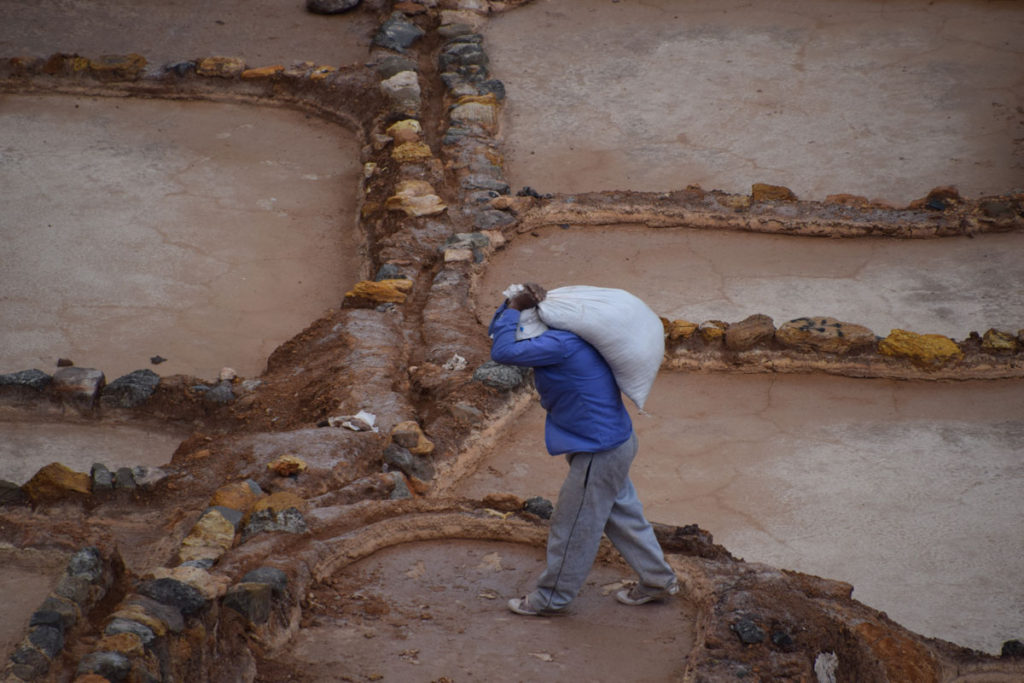
— Moray
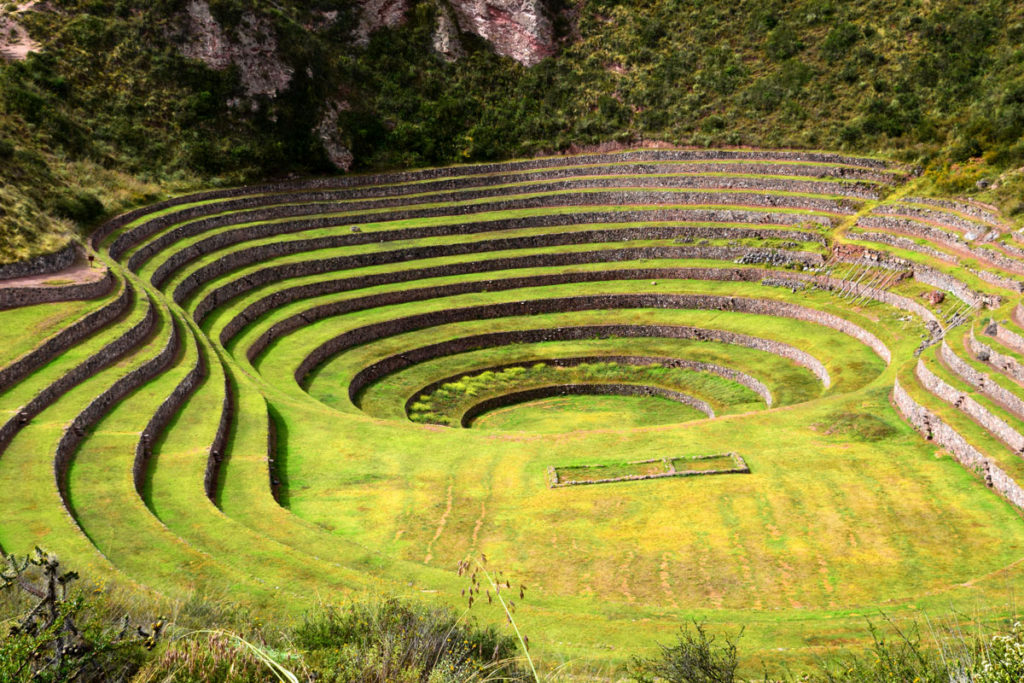
The concentric terraces at the Moray archaeological site are of Inca construction. The terraces are thought to have been built as an agricultural experiment site with each level corresponding to a different microclimate. The hottest microclimate occurs in the deepest part of the terrace construction and temperatures on the terraces decrease upwards. Interestingly, the agricultural terraces are built in a sink hole (doline) that developed in the area’s carbonate rocks. Satukunas and others (2002) say:
“…where the rings of Inca and pre-Inca terraces (the Incas agricultural experiment) are constructed in a karstic doline of some 150 m depth. Active landslide destroyed rings of the 7th-8th terraces and these are currently under reconstruction. The site demonstrates excellent Inca knowledge of management of dolines. ”
— Ollantaytambo
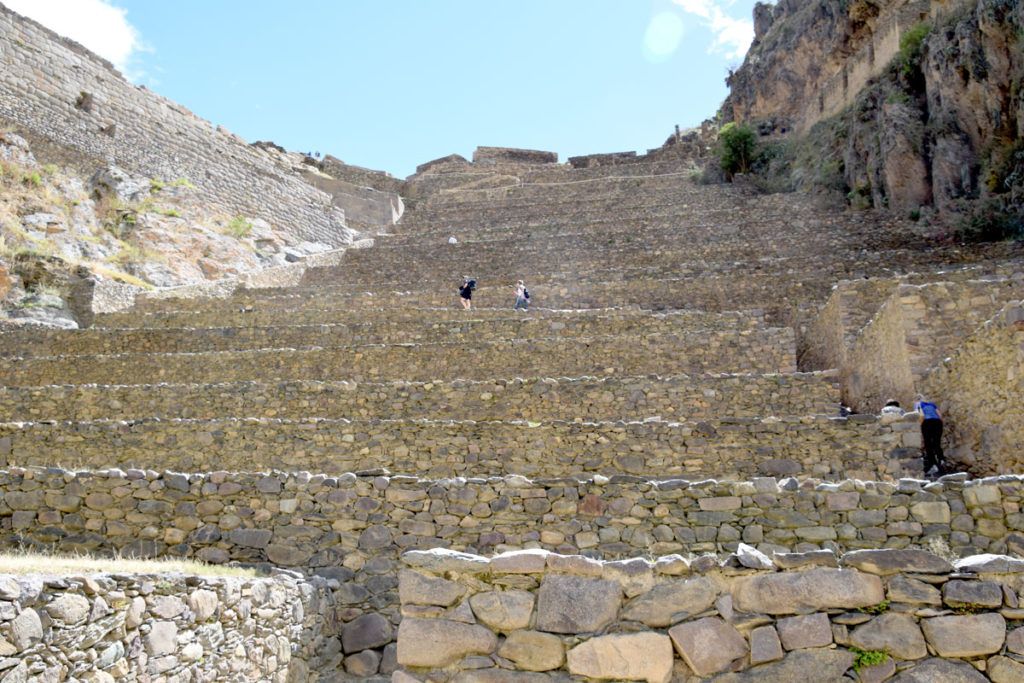
Ollantaytambo (located about 37 miles northwest of Cusco) is both an archaeological ruins site and a town. The area was a royal estate of Inca Pachacuti and is also a ceremonial site where Incas resisted Spanish conquest. Of interest to me is that Ollantaytambo contains stone from multiple quarries (Protzen, 1985; Hunt, 1990; Tipcevich, N and Vaughn, K.J., eds., 2012, Mining and Quarrying in the Ancient Andes). It appears that the various successions of builders had their own stone preference ranging from biotite andesite, to granitoid rocks, to the youngest construction phase by Inca Pachacuti of arkose from the nearby Ollantaytambo Formation.
In summary, the Sacred Valley is an area not to be skipped through quickly on the way to Machu Picchu!
